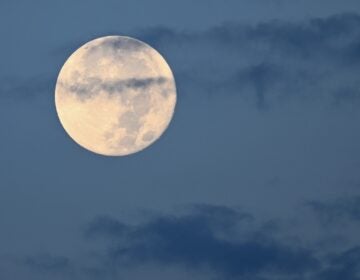Ultima Thule
Listen 07:42
Credit: NASA/Johns Hopkins University Applied Physics Laboratory/Southwest Research Institute
NASA’s New Horizons spacecraft continues its sojourn through the outer reaches of our solar system. For the next 20 months, it will transmit data back to earth gathered from its passby of the planetessimal Ultima Thule, a snowman-shaped object around 20 miles in length. At a distance of 4.1 billion miles from Earth, it takes more than six hours (traveling at the speed of light) for that information to reach us.
Ultima Thule resides in the center of the vast Kuiper Belt, home to frozen remnants from the birth of the solar system.
NASA launched the nuclear-powered spacecraft 13 years ago, and traveling at 32,000 miles per hour, it will take New Horizons an additional eight or nine years to bid adieu to the Kuiper Belt and enter interstellar space.
At one billion miles beyond Pluto (visited by New Horizons in 2015), this marks the most distant flyby of an object in our solar system.
Nancy Grace Roman, NASA’s first chief of astronomy and first leader of the effort to create Hubble Space Telescope died last week at the age of 93. She embarked on her career at NASA in 1948.
Turning to the night sky: A New Moon today means optimal viewing this week if the cloud cover cooperates;
Venus and Jupiter can be seen from 6:00a – 6:30a, Mars is available in the evening sky.
Wednesday morning at 6:11, International Space Station pops into view in the North/Northwest and sails across the Northern sky into the East by 6:16am.
The next morning (Thursday) at 5:21, NE, ISS can first be spied in the North East, and sails out to the east just under the brilliant star VEGA, then on to the South East horizon by 5:25am.
WHYY is your source for fact-based, in-depth journalism and information. As a nonprofit organization, we rely on financial support from readers like you. Please give today.




